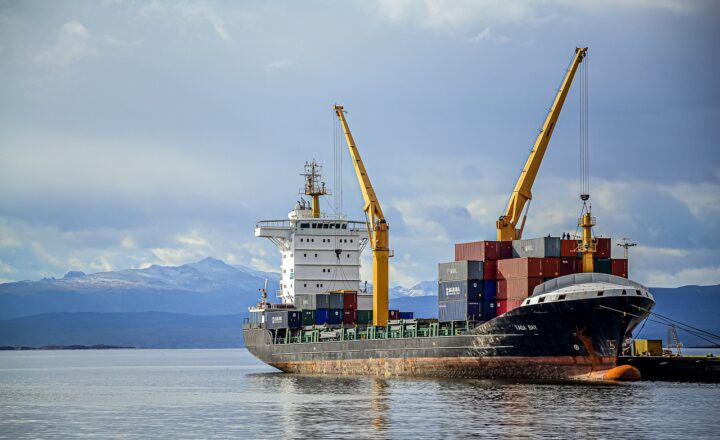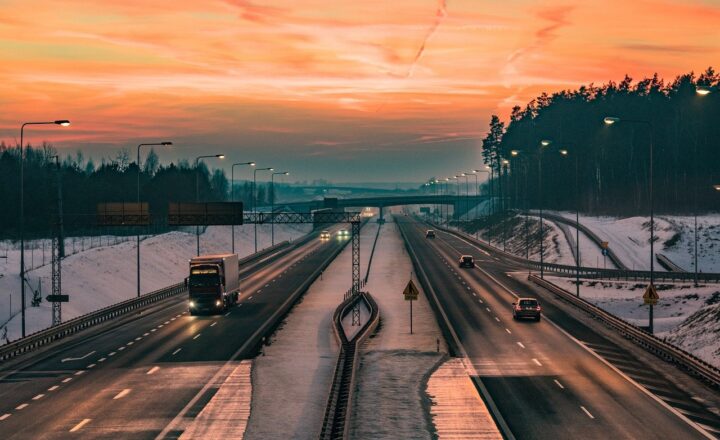
Transportation is a vital part of modern life. Whether we are commuting to work, embarking on a family road trip, or utilizing public transit, we often take for granted the convenience and speed of our transportation systems. However, beneath this facade of ease and accessibility lies a complex web of dangers that can pose significant risks to our safety and well-being. In this article, we will unveil these hidden dangers, exploring the various modes of transportation and the risks associated with each one, as well as preventative measures and solutions to mitigate potential hazards.
1. The Invisible Risks of Driving
Driving is the most common form of transportation, but it comes with its own set of dangers. According to the National Highway Traffic Safety Administration (NHTSA), in 2020 alone, there were over 38,000 fatalities due to motor vehicle crashes in the United States. But what are the hidden risks?
**Distracted Driving:** One of the leading causes of road accidents is distracted driving. Whether it’s texting, adjusting the radio, or engaging in conversation, taking your eyes off the road for just a few seconds can have dire consequences.
**Fatigue:** Driver fatigue is another silent risk that goes unrecognized. Long hours behind the wheel can lead to drowsiness, impairing reaction times and decision-making abilities. Studies have shown that drowsy driving can be as dangerous as driving under the influence of alcohol.
**Weather Conditions:** Often underestimated, weather conditions can significantly impair driving safety. Rain, snow, fog, and ice can reduce visibility and traction, creating hazardous driving conditions that many drivers fail to adjust for.
To mitigate these risks, it’s vital to stay vigilant, take regular breaks during long drives, avoid using mobile devices, and adjust driving habits according to weather conditions.
2. The Perils of Public Transportation
While public transportation is often touted as a safer alternative to individual car travel, it is not without its risks. From buses and trains to subways, public transport can expose individuals to specific hidden dangers, including:
**Overcrowding:** Crowded conditions can lead to increased anxiety and discomfort among passengers. Overcrowded buses and trains can also pose a physical safety risk, particularly during sudden stops or emergencies.
**Crime:** Public transport can be a hotspot for crime, including theft and harassment. Individuals may feel vulnerable, particularly in less crowded areas or during late hours.
**Poor Air Quality:** Many public transportation systems, especially older ones, can present air quality issues. Poor ventilation and pollutants from vehicles or infrastructure can lead to respiratory problems for frequent riders.
To enhance safety while using public transportation, individuals should be aware of their surroundings, avoid displaying valuable items, and consider choosing routes during busier times if possible.
3. The Risks of Riding on Two Wheels
Bicycling and motorcycling are popular transportation options that offer flexibility and efficiency, yet they come with significant risks. Statistics show that motorcyclists are 28 times more likely to die in a crash than car occupants. The hidden dangers include:
**Lack of Visibility:** Both cyclists and motorcyclists are less visible to other drivers, making them vulnerable to collisions. This lack of visibility is compounded in urban settings with heavy traffic.
**Road Hazards:** Potholes, debris, and uneven surfaces present serious hazards to two-wheelers. A small road hazard that may cause little more than a jolt to a car can result in a serious accident for a cyclist or motorcyclist.
**Inadequate Protective Gear:** Many riders underestimate the importance of wearing appropriate protective gear. A helmet and proper riding attire can significantly decrease the severity of injuries in the event of an accident.
To minimize these dangers, cyclists and motorcyclists should wear appropriate safety gear, ensure their vehicles are well-maintained, stay visible with bright colors, and always be alert to road conditions and traffic.
4. Aviation Safety: The Hidden Dangers in the Sky
Air travel is often deemed the safest mode of transportation, but several hidden dangers exist within the aviation industry, including:
**Turbulence:** Sudden turbulence can be alarming, causing injury to passengers and crew if not properly fastened. While turbulence is a common occurrence, it can lead to unexpected difficulties if the seatbelt sign is ignored.
**Health Risks:** The confined space of airplanes can contribute to health risks such as Deep Vein Thrombosis (DVT) due to prolonged immobility. Additionally, the spread of illness can be facilitated in the close quarters of an aircraft.
**Security Threats:** Although airports have heightened security measures, the potential for threats remains. Travelers must remain aware of their surroundings and report any suspicious behavior.
To navigate the hidden risks of flying, travelers should stay buckled during flights, move about the cabin periodically, stay informed about airline policies, and maintain situational awareness throughout their journey.
5. Pedestrian Perils: Navigating the Streets Safely
Pedestrians typically enjoy safer transportation than those in motor vehicles, yet they face unique dangers in urban environments. These dangers include:
**Distracted Drivers:** With the rise of smartphones, distracted driving has become a significant hazard for pedestrians. Drivers looking down at their devices may fail to notice pedestrians crossing the street.
**Poor Infrastructure:** Inadequate sidewalks, crosswalks, and lighting can increase the difficulty for pedestrians to navigate safely. Many cities are still not designed with pedestrian safety in mind.
**Timing Traffic Lights:** Confusing or malfunctioning traffic signals can lead to dangerous situations for pedestrians, particularly at busy intersections.
To remain safe while walking, pedestrians should use designated crosswalks, stay alert to their surroundings, refrain from using mobile devices while walking, and follow traffic signals.
Conclusion: Being Proactive About Transportation Safety
Transportation poses numerous hidden dangers that can impact our safety and well-being. Understanding these risks is the first step in being proactive about personal safety, whether on the road, in the air, or navigating crowded public transit systems. Knowledge is empowering, and making informed decisions based on the risks associated with various modes of transportation can significantly enhance our safety on the move. By prioritizing awareness, taking preventative measures, and advocating for safer infrastructure and policies, we can all contribute to making transportation safer for everyone.
As we continue to rely on transportation in our daily lives, let’s remain vigilant and educated about these hidden dangers while we navigate the roads, skies, and public transportation systems around us.






